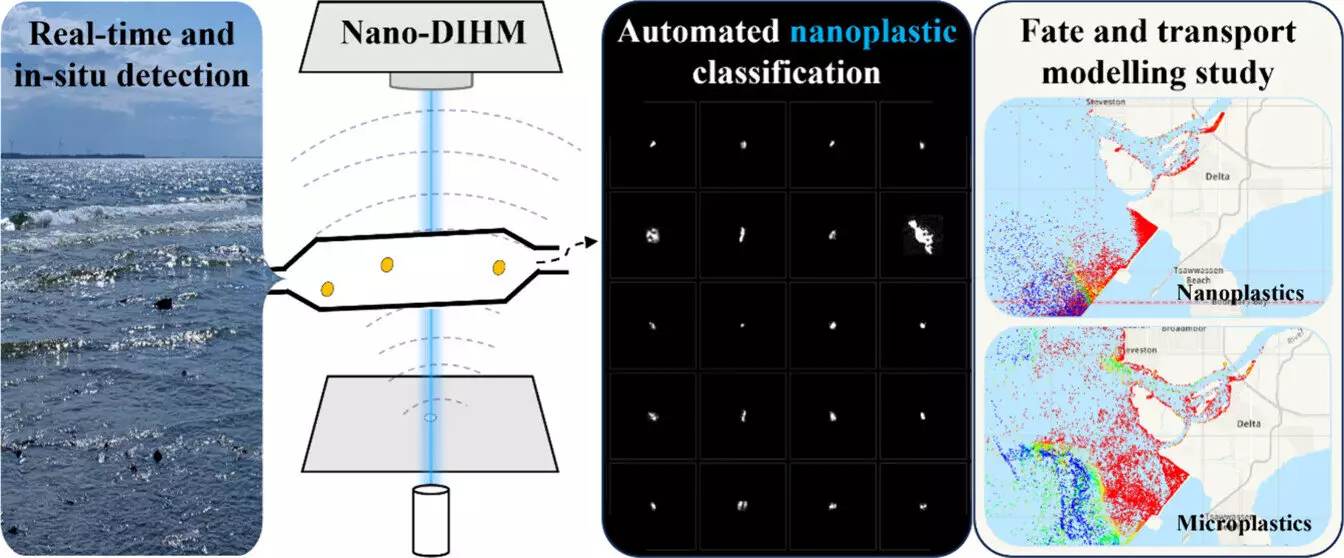Plastic pollution is a growing concern around the world, with millions of tons of plastic waste ending up in the oceans, rivers, and lakes each year. Microplastics, which are pieces of plastic between 1 micrometer and 5 millimeters in size, have been a focus of research in recent years. However, even smaller particles known as nanoplastics, measuring just a single nanometer in size, pose a significant challenge in detection and monitoring.
A research team led by Parisa Ariya, a James McGill Professor, has developed a groundbreaking technology for detecting and deciphering nanoplastics in water. The technology, known as “AI-Assisted Nano-DIHM,” utilizes artificial intelligence and nano digital in-line holographic microscopy to identify and differentiate nanoplastics from other particles in real-time. This innovation is comparable to finding a needle in a haystack within milliseconds.
The implications of this new technology are vast, with the potential to revolutionize how we monitor and manage plastic pollution in aquatic ecosystems. By providing a comprehensive understanding of nanoplastics and microplastics, even when coated in other particles, the AI-Assisted Nano-DIHM offers a practical tool for identifying pollution “hotspots” and addressing them effectively.
Preliminary findings from the application of the AI-Assisted Nano-DIHM in Lake Ontario and the St. Lawrence River have demonstrated its effectiveness in detecting micro- and nanoplastics within waterborne particles. This research, conducted in collaboration with the National Research Council of Canada, represents a crucial breakthrough in environmental monitoring and has the potential to contribute to the preservation of our ecosystems.
As our understanding of plastic pollution continues to evolve, innovative technologies such as the AI-Assisted Nano-DIHM will play a critical role in monitoring and managing plastic waste. By providing real-time analysis of nanoplastics and microplastics, this technology offers a new approach to addressing plastic pollution and protecting our environment for future generations.


Leave a Reply